Easy Monsters With Low Armor Class Dnd
Dungeons & Dragons boasts countless monsters to its name, with four books devoted to them in Fifth Edition. Regardless of the sort of campaign a Dungeon Master wants to run, there are monsters for any occasion. These inlcude a multitude of monsters that can be easily defeated by even the least trained of adventuring parties.
Weak monsters are often to be expected at the beginning of campaigns, to make things fair for low-level characters, and are as such an integral part of D&D. Even so, some monsters are so un-fearsome as to be simply laughable. these creatures will need to be used in huge numbers or with specific and unique tactics.
Updated July 8th, by Isaac Williams: The roster of monsters in Dungeons & Dragons is vast and ever-expanding. As apocalyptic threats and suitable foes grow in number, so too do the game's weakest creatures. As a result, the list has been updated and expanded to detail more of the weakest of the weak in Fifth Edition.
15/15 Slaad Tadpoles Are The Weakest Of Their Kind
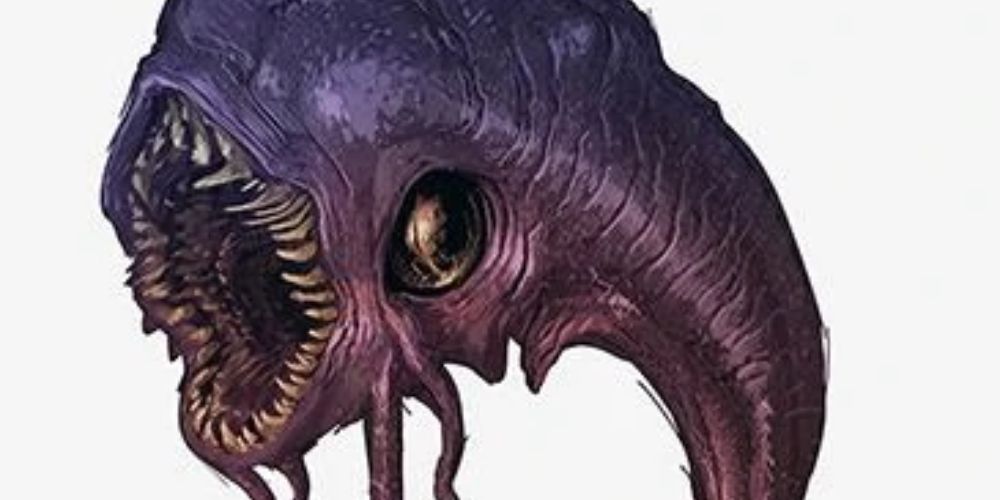
Slaads are a perfectly threatening enemy type in Dungeons & Dragons. Most of their kind are extraplanar beings who are fully capable of using weaponry and casting spells. They also have an innate resistance to magic and can regenerate damage taken at a reasonable rate, making them respectable foes.
Slaad tadpoles, however, are the merest, larval form of their kind. They actually have a moderately harmful bite attack, and retain their Magic Resistance, but have such low Armor Class and hit points that they can be killed by just about any adventurer.
14/15 Flumphs Are Almost Completely Harmless
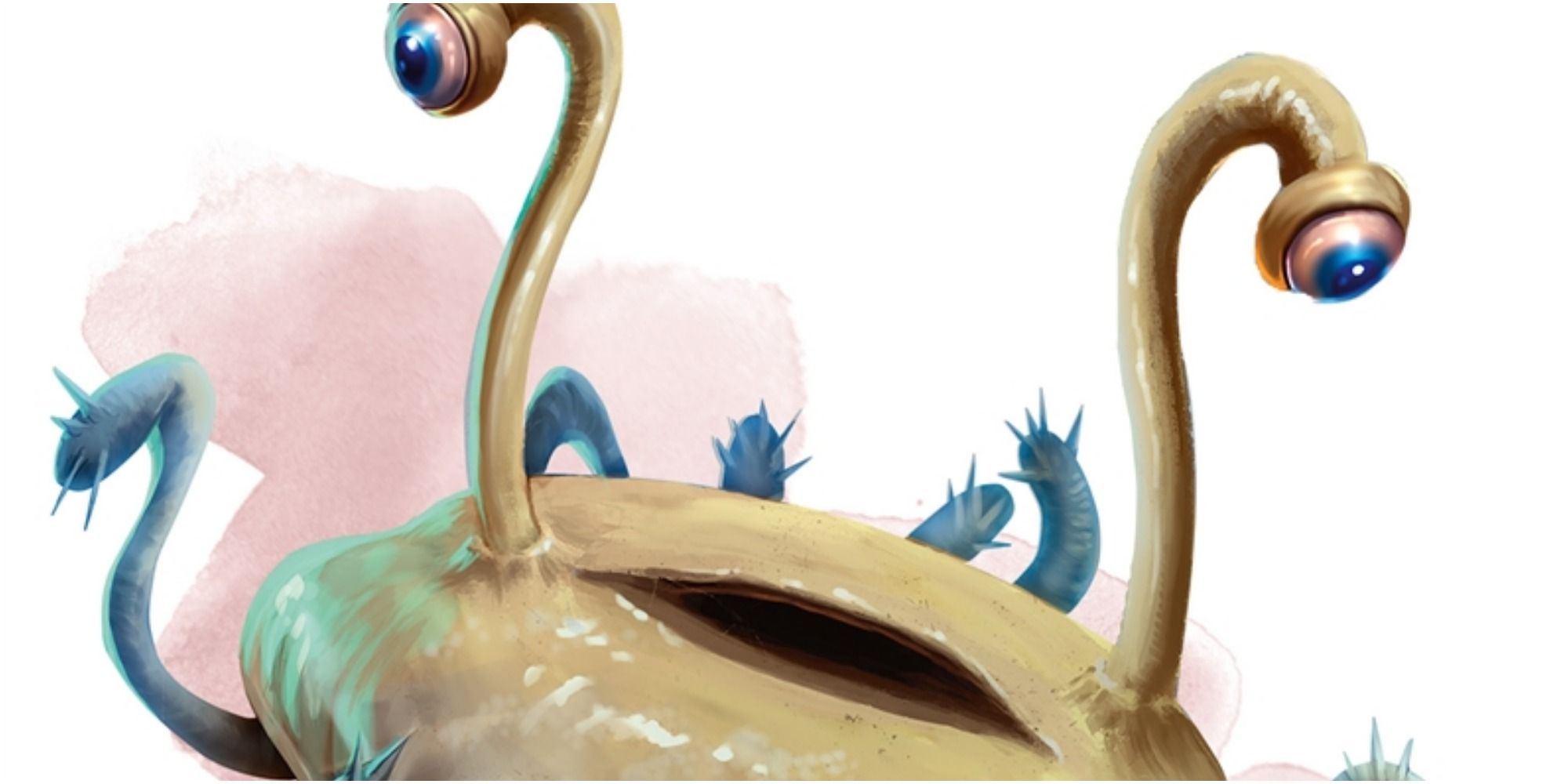
Glowing, jellyflish-like creatures that communicates telekinetically, flumphs can most commonly found within the underdark, Unlike the majority of monsters in D&D, flumphs have a lawful good alignment and are both wise and well-intentioned, meaning most parties will have no reason to actually fight them. In most cases, flumphs can actually be helpful rather than dangerous.
On the off chance that players to opt to fight a flumph, they are incredibly weak, toting a Challenge Rating of 1/8, an Armor Class of 12, and only 7 hit points. They actually have a unique attack, with acid-smearing tentacles that can attack twice and inflict persistent damage, but the amount is so low that it's unlikely to pose any real threat.
13/15 Stirges Are Bloodsuckers That Die Quickly
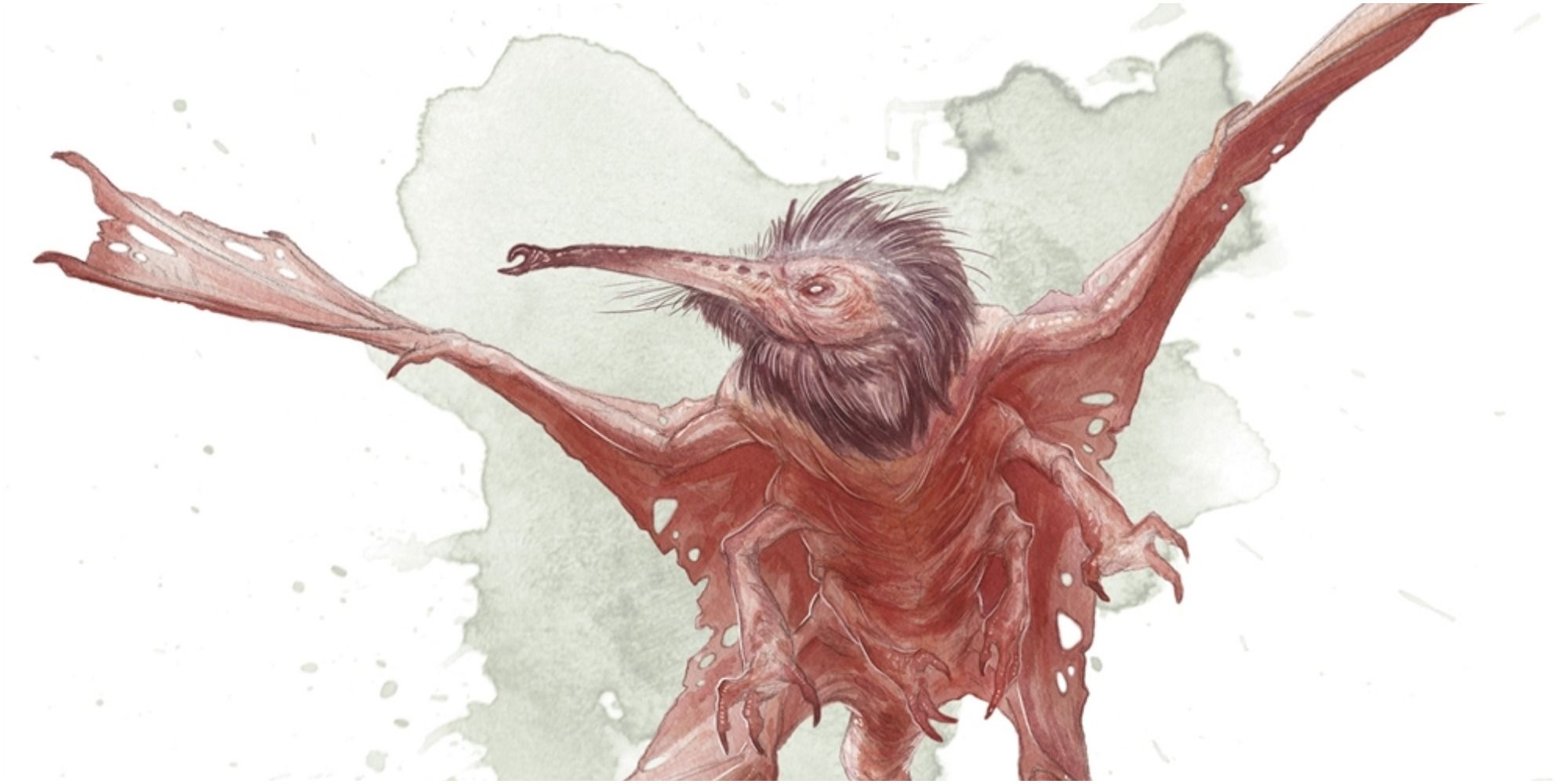
Another monster with a measly Challenge Rating of 1/8, stirges are a flying parasitic monster that are little more than glorified mosquitoes. With an Armor Class of 14 and only 2 hit points, a strige is unlikely to survive the first attack to be swung its way.
If a stirge successfully attacks a foe, it can attach itself to the target. Then, instead of attacking on each of its turns, that target takes damage automatically. While they can be rather annoying in large groups, a single stirge should post almost no threat due to how very easy they are to kill.
12/15 Kobolds Are Not Dangerous When They Fight Fair
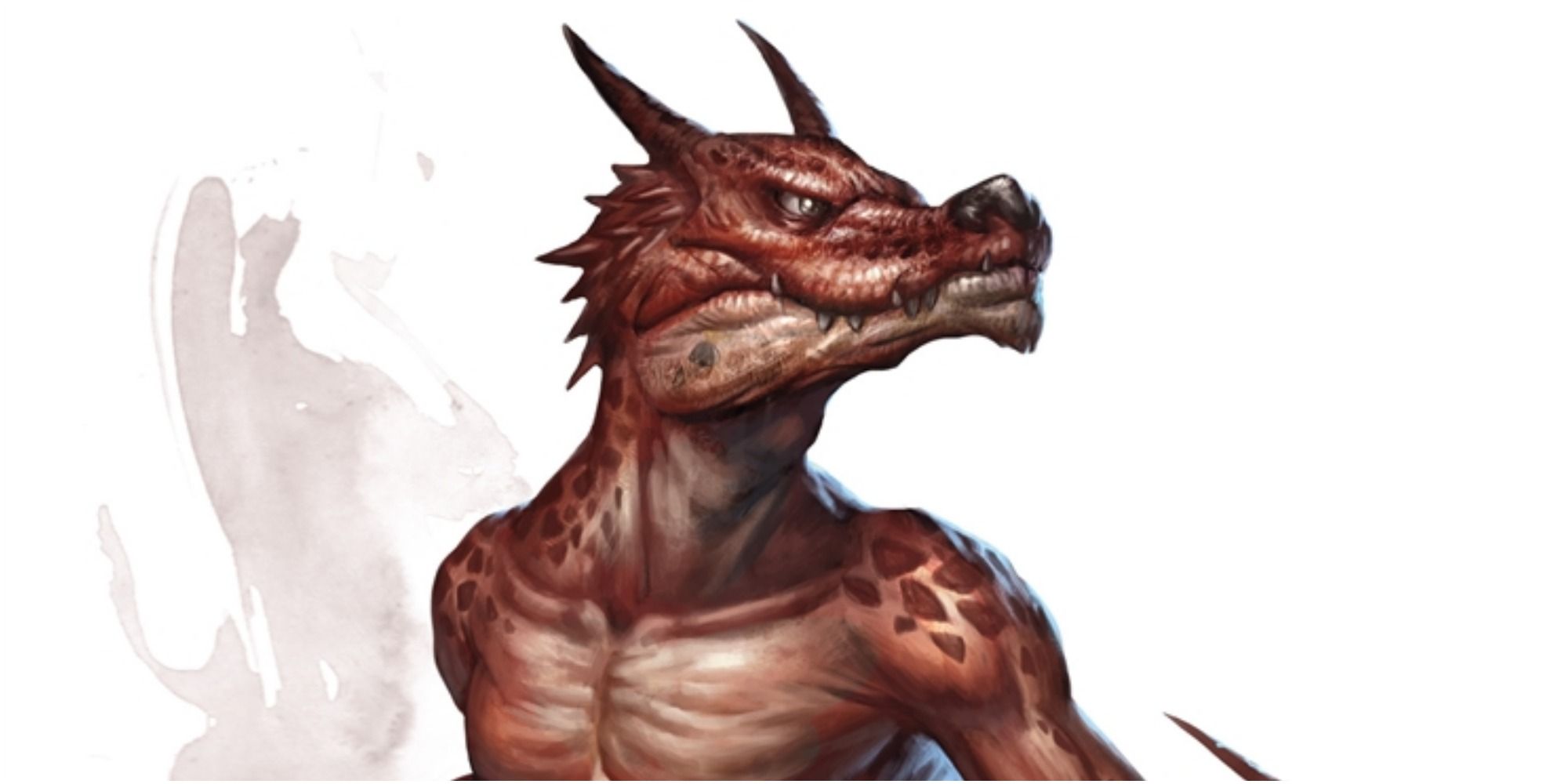
When many D&D players think of weak monsters, kobolds are often the first thing that comes to mind. Cowardly and frail, Kobolds tend to travel in packs, allowing their biggest advantage to be their numbers. However, a single kobold should not be a match for a level one character of any class.
With an Armor Class of 12 and only 5 hit points, Kobolds are quite easy to put down. Even if one were to land a hit on a player, they are only capable of dealing 1d4+2 damage. The books encourage Dungeon Masters to use kobolds' cunning nature and numbers to make them more of a threat, making use of traps and swarming hit-and-run attacks.
11/15 Myconid Sprouts Are Glass Cannons That Lack In Firepower
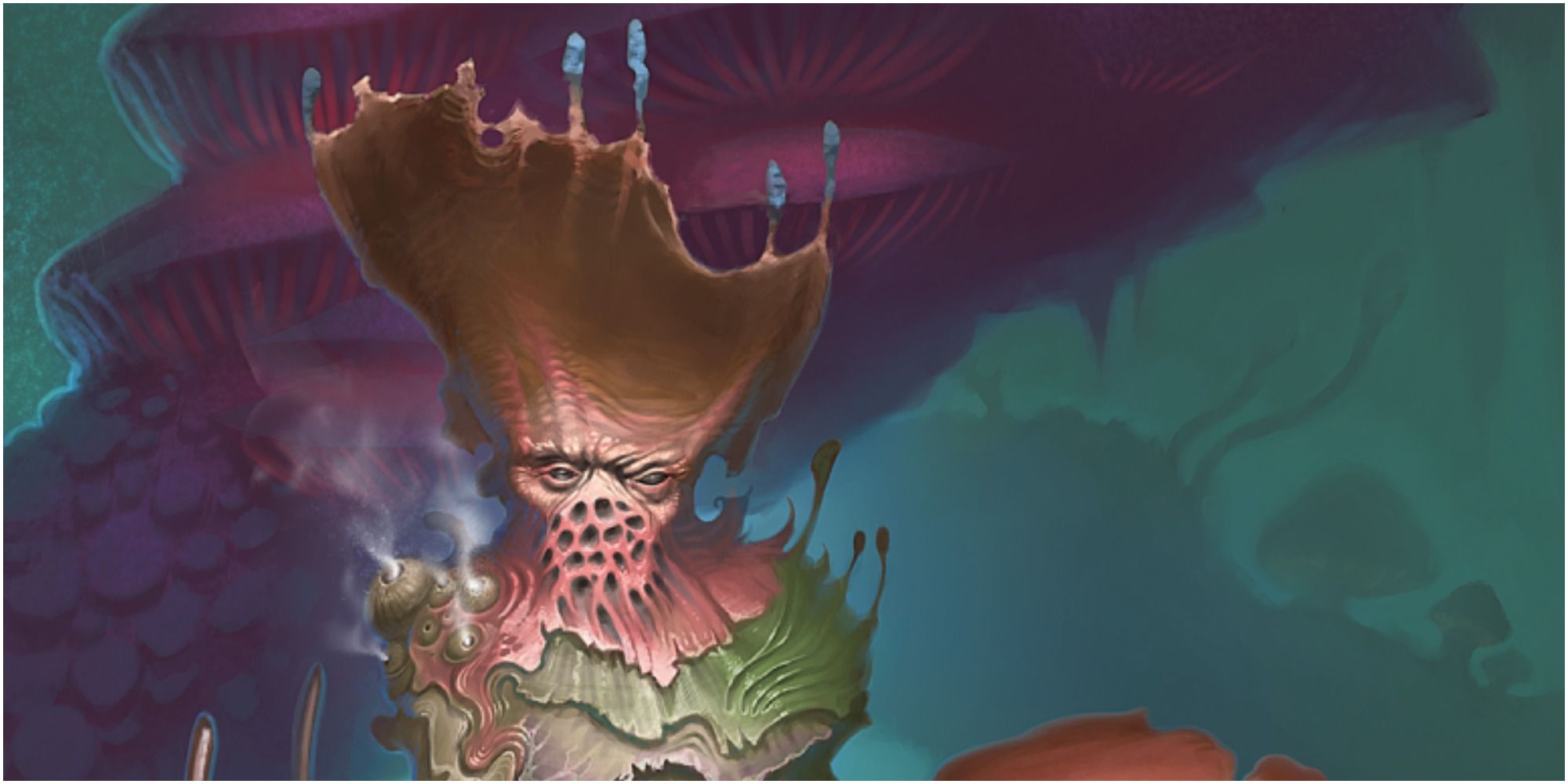
A sentient fungus, myconid sprouts are capable of dealing a lot more damage than other low-level creatures, dealing 1d4-1 of bludgeoning damage and 1d4 of poison damage on a successful hit. Unfortunately for them, this offense is not backed up by a sturdy exterior, as they only boast an Armor Class of 10 and 7 hit points.
As if this weren't enough, they suffer from Sun Sickness, giving them disadvantage on most rolls as long as they're in the sunlight. This Sun Sickness can even kill a Myconid Sprout if it makes the mistake of staying in the sunlight for more than an hour.
10/15 Manes Show That Not All Demons Are Fearsome
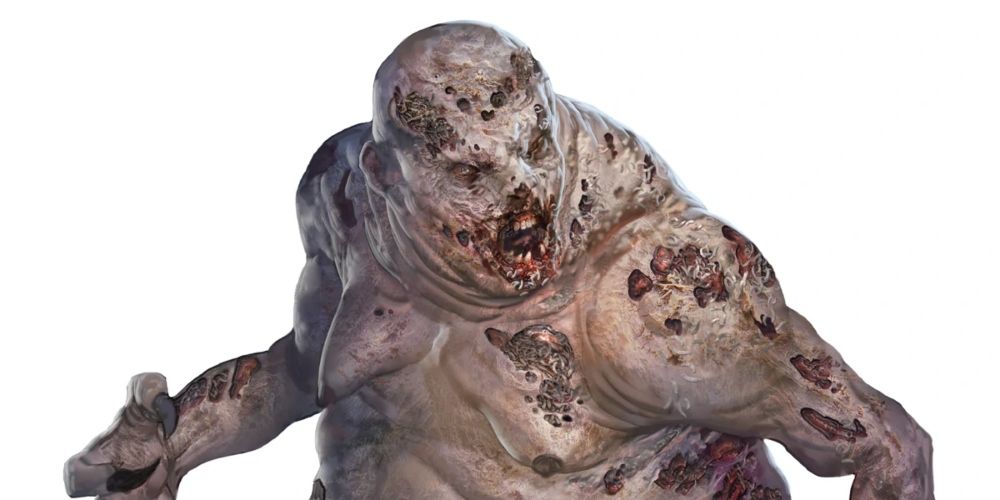
Demons, as with other types of fiends, are known to be some of the more dangerous beings in the multiverse of Dungeons & Dragons. Even they have their low ranks, however, and those are firmly occupied by the formless, wretched beings known as manes, held in contempt even by other demons.
They can do some moderate damage if they hit, dealing 2d4 damage, but they're unlikely to get that far. Slow, weak, and lacking in any defensive capabilities, manes are several worlds away from the more significant threats that the Abyss can produce.
9/15 Giant Fire Beetle Die From All But The Weakest Hits
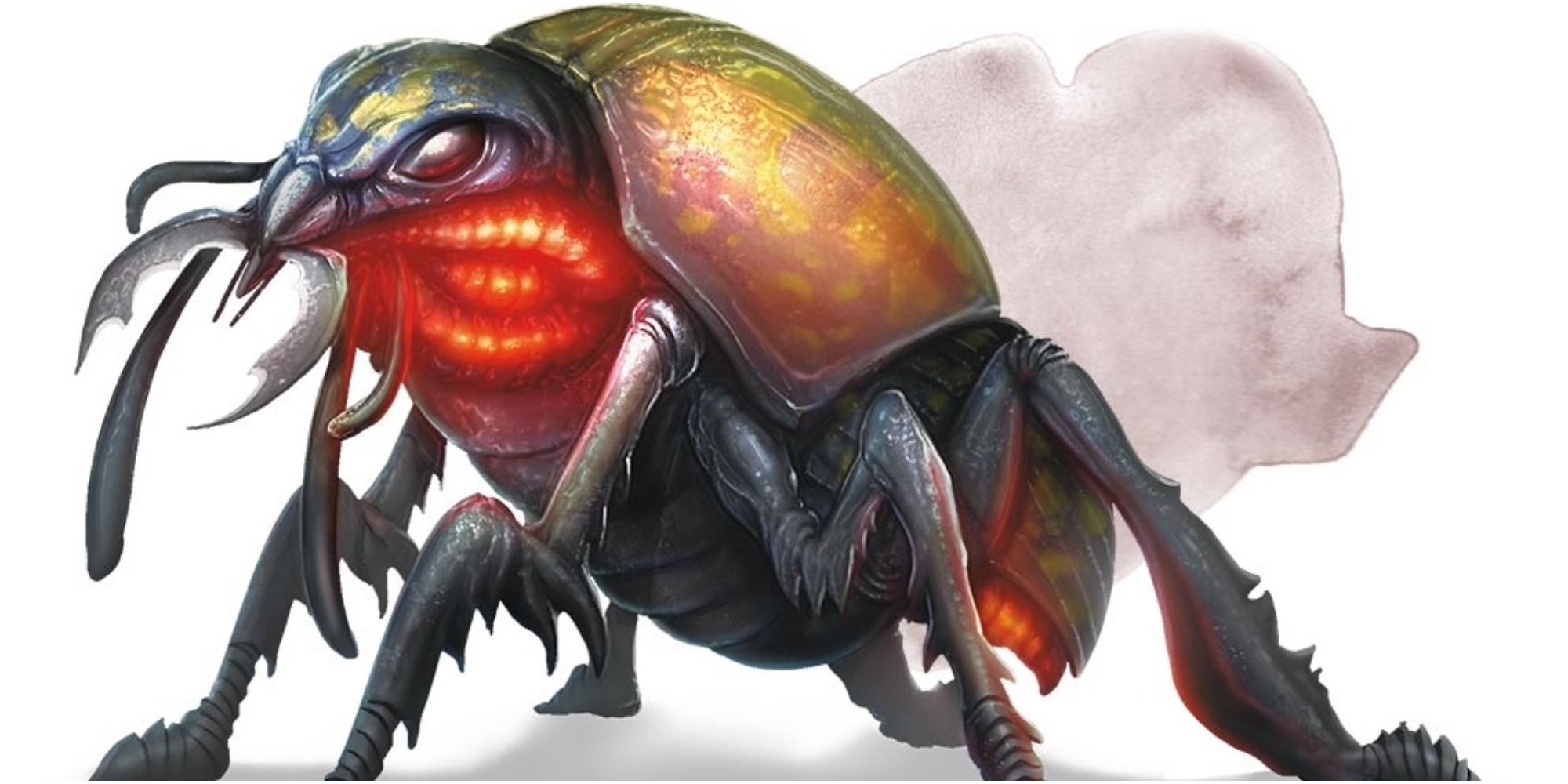
A nocturnal beetle that is most commonly located underground and within the depths of forests, giant fire beetles can be found rather easily by the light they exude from their body. Despite their comparatively large size for a bug, putting one down should not be a struggle.
These beetles only have 4 hit points and Armor Class 13, and can only deal 1d6-1 slashing damage if they manage to land a hit. Their unsettling appearance is, by far, the most dangerous thing about them.
8/15 Homunculi Have Interesting Abilities That Fail To Make Them Dangerous
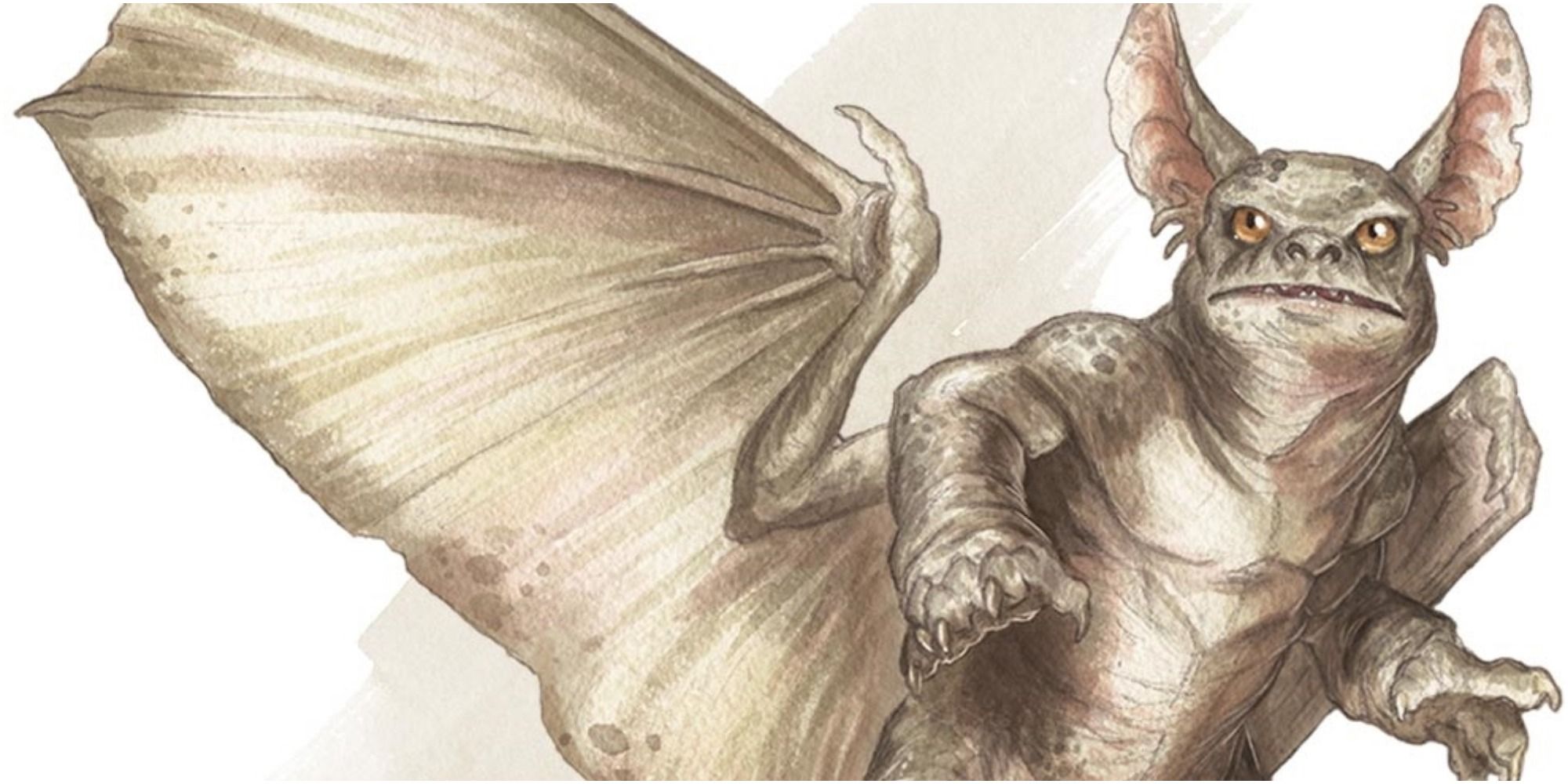
While a homunculus is capable of poisoning a target, their bite notably deals a hilariously low one damage. Although this status effect can be dangerous, there are far more dangerous creatures capable of inflicting it. Once a homunculus has poisoned a foe, there's little else it can do.
Defensively, a homunculus has similarly lackluster stats to other low CR enemies, only having an AC of 13 and 5 hit points. Despite these lackluster stats, homonculi's ability to poison characters and fly makes them quite frustrating to deal with if they ever appear in large groups.
7/15 Twig Blights Are As Fragile As The Sticks They're Made From
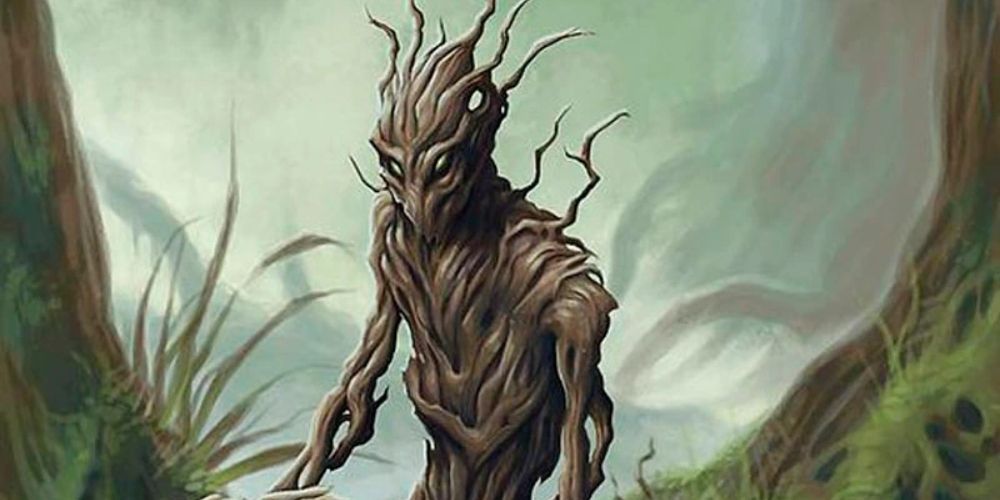
Blights are a class of low-level plant enemies, typically made from corrupted forests. None of them are overly strong, but by far the least powerful is the twig blight. Its name isn't one to invoke terror, and it has the combat capabilities to match.
Twig blights' only useful ability is camouflaging themselves as bits of forest detritus, and in a fight they can do little more than scratch enemies. Dealing 1d4+1 damage, they'll be unable to threaten most characters even if they do survive long enough to make an attack, boasting 13 Armor Class, and 4 hit points.
6/15 Lemures Are The Lowest Rank Of Devil For A Reason
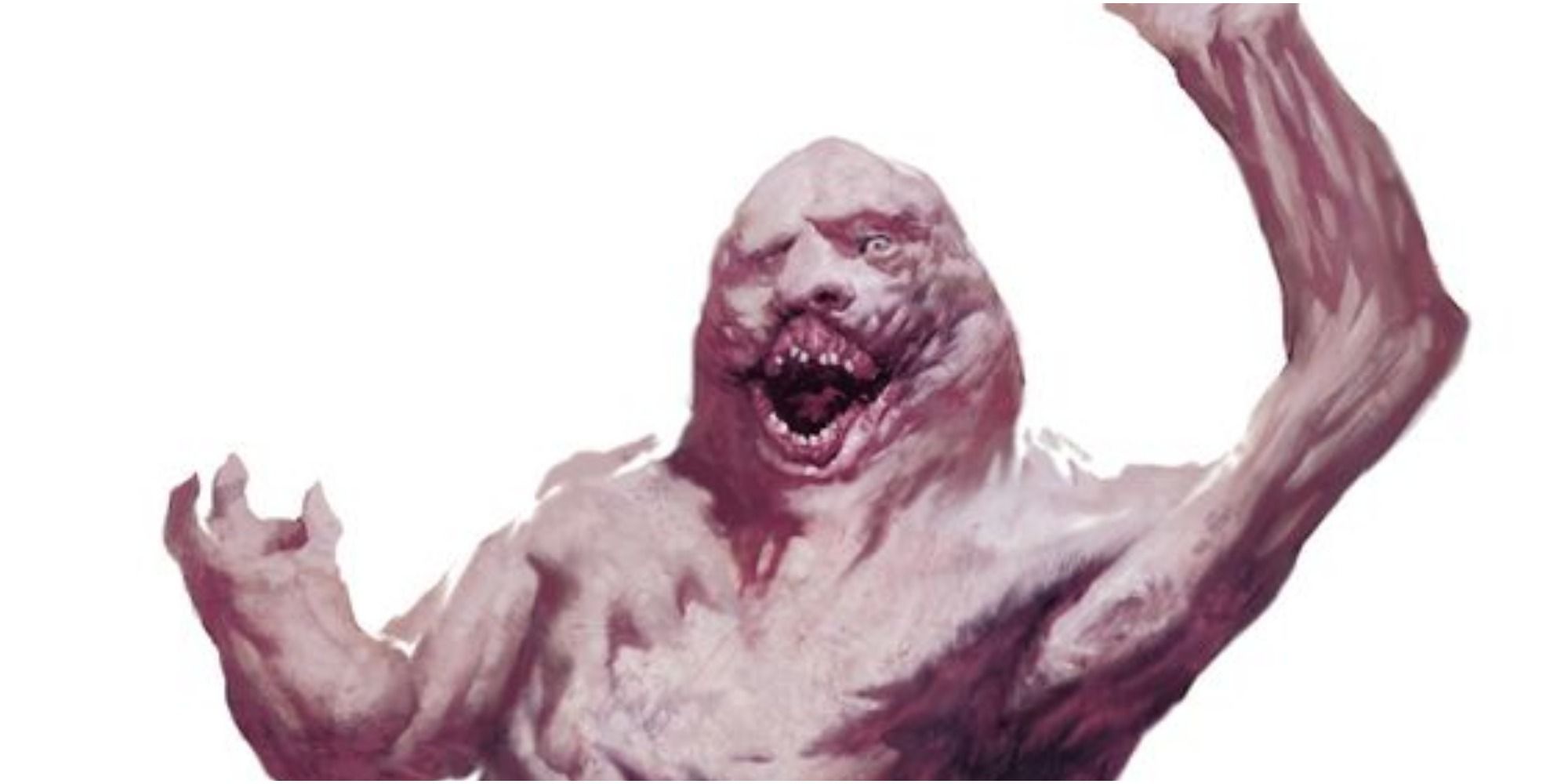
Devils in Dungeons & Dragons are often feared as some of the most dangerous foes one can encounter. However, not all devils are created equally, as seen with the lemure. Lemures aren't just the lowest class of devil in D&D, but one of the weakest monsters in the entire game.
While lemures may be immune to fire and poison, their pitiful Armor Class of 7 allows characters of all forms to land blows against them with ease. Even if a lemure were to damage a player's character, they'd have very little to fear, as lemures can only deal 1d4 bludgeoning damage.
5/15 Commoners Are Not Meant To Be Dangerous
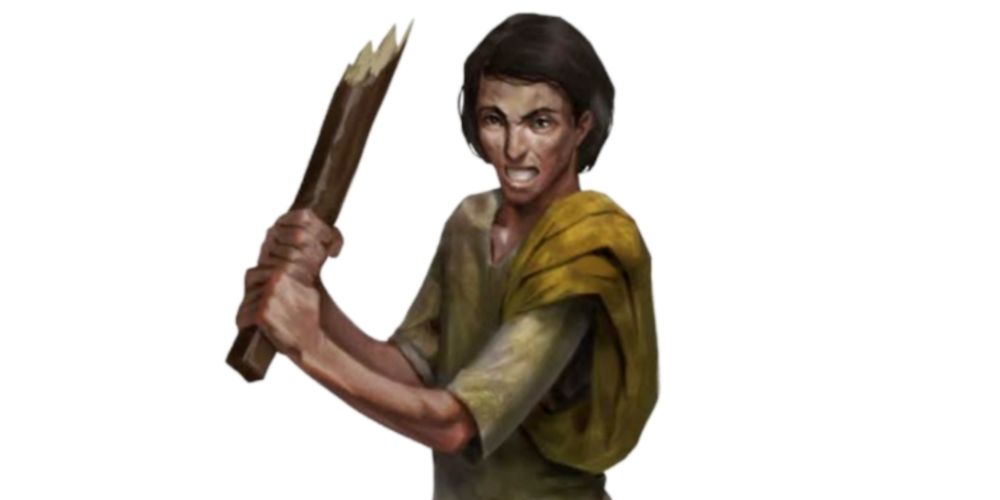
Although not considered monsters by many, the commoner's statblock is included in the Monster Manual for 5e, and modified versions of it have been used to represent threats in published campaigns like Curse of Strahd. Even modified, the statblock can do almost nothing to any player character.
Commoners have a 10 in every Ability Score, meant to represent the average citizen of the D&D world. As such, they have nothing adding to their hit points, Armor Class, attacks, damage, or anything else. With only 4 hit points and paltry offensive capabilities, commoners exist to be saved, not run from.
4/15 Crawling Claws Are The Least Threatening Undead
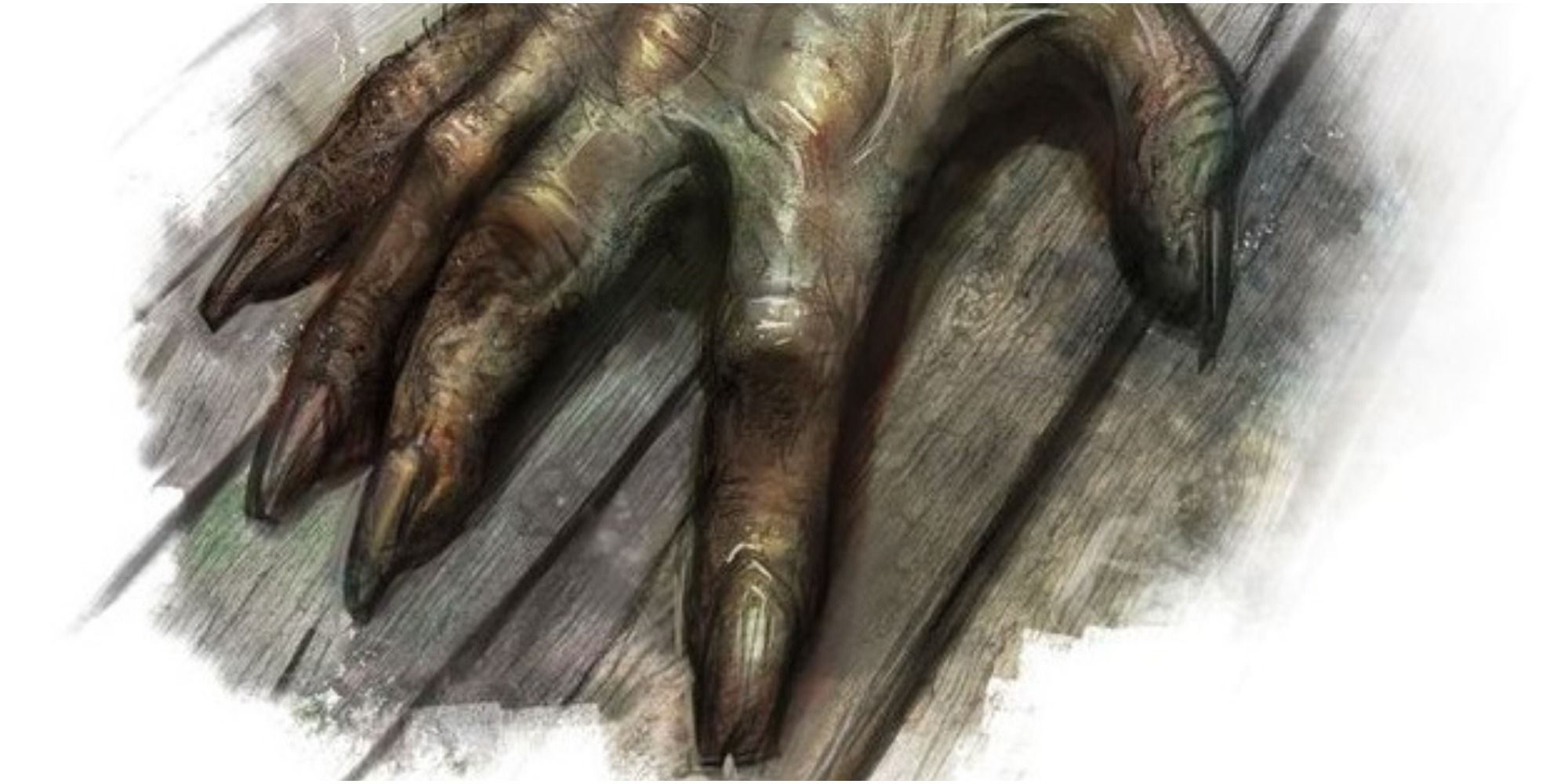
Undead enemies may sound scary at first, but not all undead are as intimidating as one may expect. Little more than a reanimated hand, crawling hands are laughably weak with only 2 hit points and an Armor Class of 12.
Crawling hands are as inept offensively as they are defensively, as they are only capable of dealing 1d4+1 damage if they land a hit on a target. Even in vast numbers, crawling claws are never going to threaten anything but the weakest of characters. Instead, their utility lays in their ability to steal things and manipulate objects.
3/15 Awakened Shrubs Hit Weakly And Burn Easily
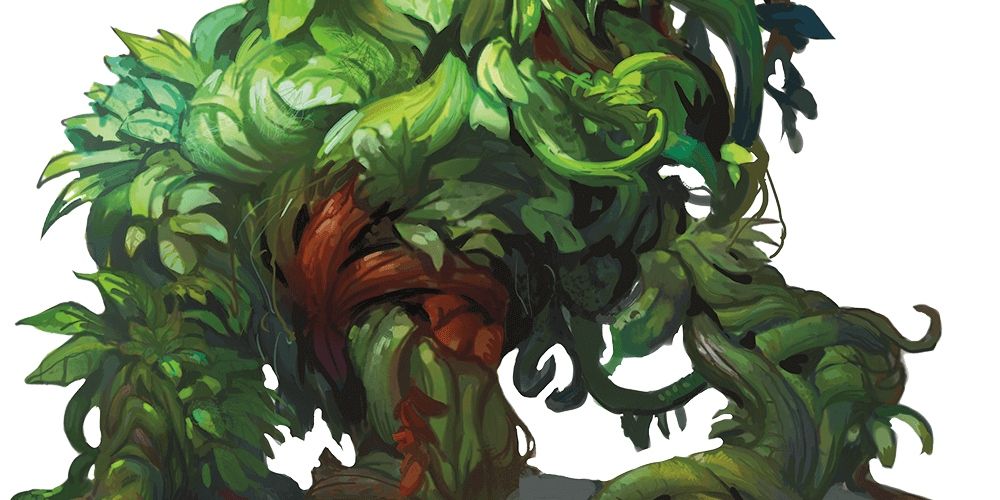
As the name would suggest, an awakened shrub is little more than an aggressive moving shrub. With a Challenge Rating of zero, the shrub has pitiful hit points and Armour Class, and a vulnerability to fire that makes it even more easily to kill.
In the instance that an awakened shrub is able to get the jump on an adventurer, they have little to fear, as the most damage it is capable of dishing out is 1d4-1. Unlike many other creatures with little use in combat, awakened shrubs have no alternate utility abilities other than disguising themselves as shrubs, further reducing their efficacy.
2/15 Owls Are Held Back By Very Low Damage
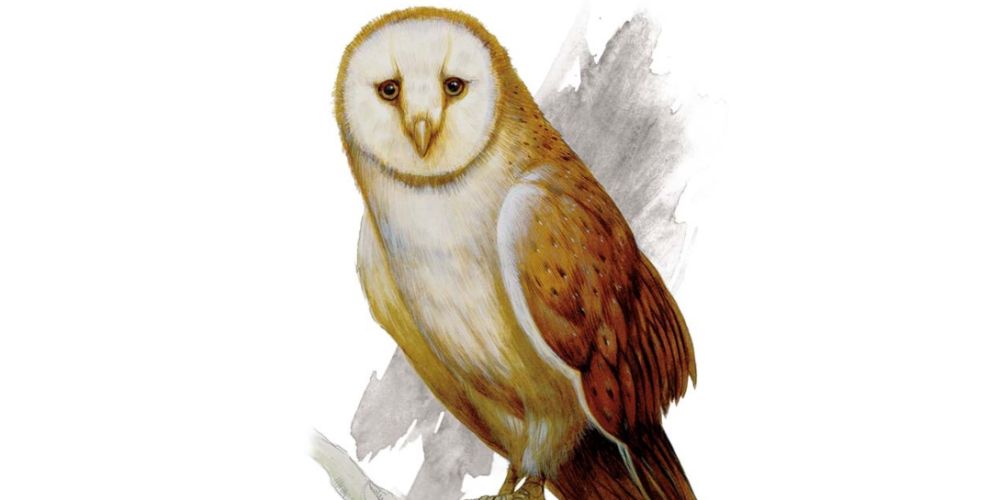
Owls have a lot of useful abilities by their statblock in 5e, abilities that other, more dangerous birds go on to use much more effectively. They can fly and are faster than any player character, able to cover 60ft in a round. In addition, they have the useful Flyby ability, which lets them hit-and-run without risking opportunity attacks.
However, their raw statistics hold them back. They have 11 Armor Class, letting almost any character hit them easily. Furthermore, they have a single hit point, and do a grand total of 1 damage with their attacks. An owl can threaten another owl, but very little else.
1/15 Shriekers Have Got Literally No Combat Ability
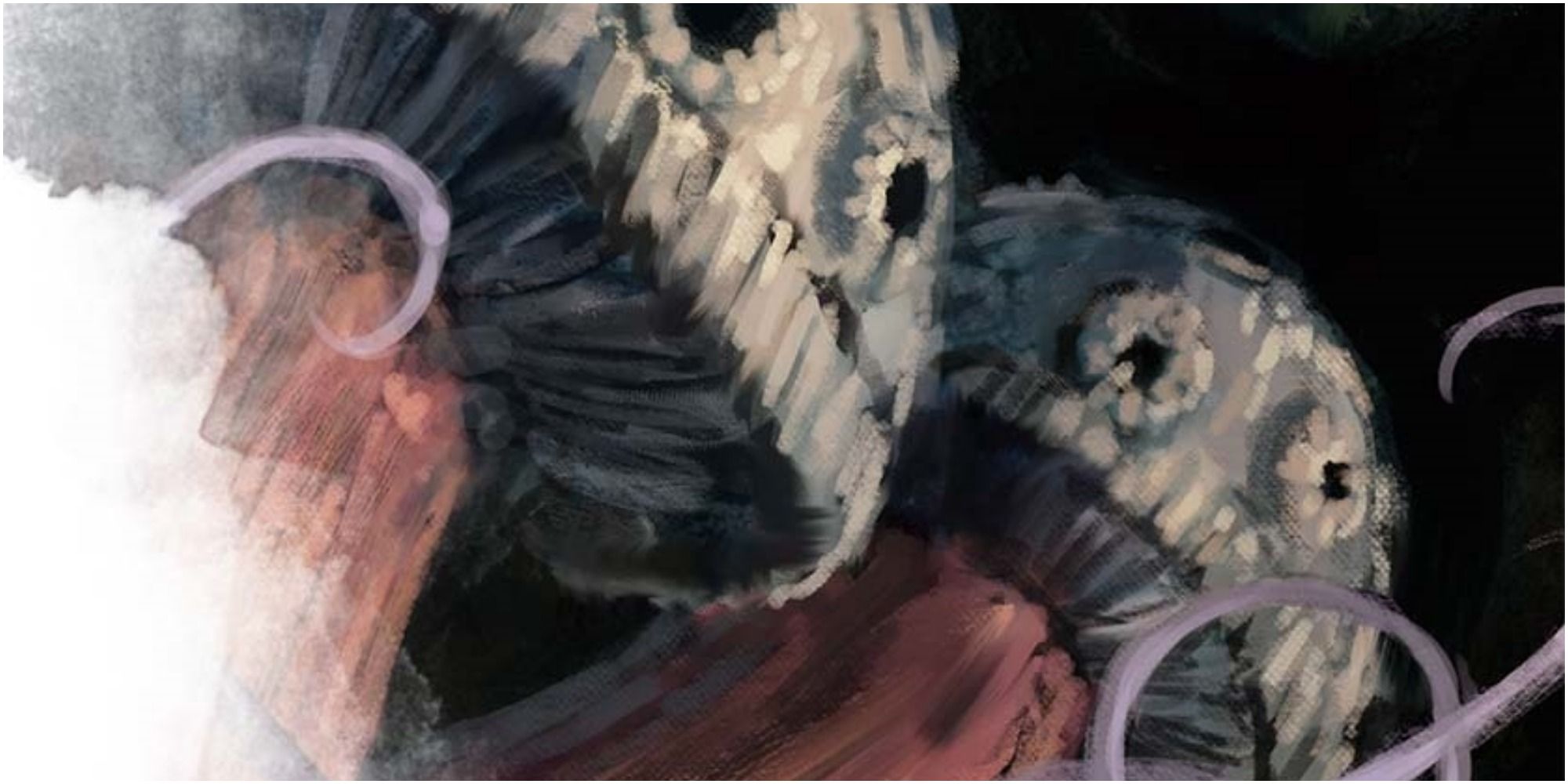
While D&D is full of weak monsters, few compare to the shrieker. These medium-sized "creatures" can't move, can barely see, and have a 1 in most of their stats. If a creature gets close to a shrieker, it begins to let out a loud scream.
This scream is the only action the shrieker can take. It even lacks the basic physical attacks nearly every creature has. It does no damage and does not cause any form of penalty to players. The shrieker is a monster so weak that it is physically incapable of harming other creatures even if it wanted to.
Source: https://www.cbr.com/weakest-monsters-in-dungeons-dragons-ranked/
0 Response to "Easy Monsters With Low Armor Class Dnd"
Post a Comment